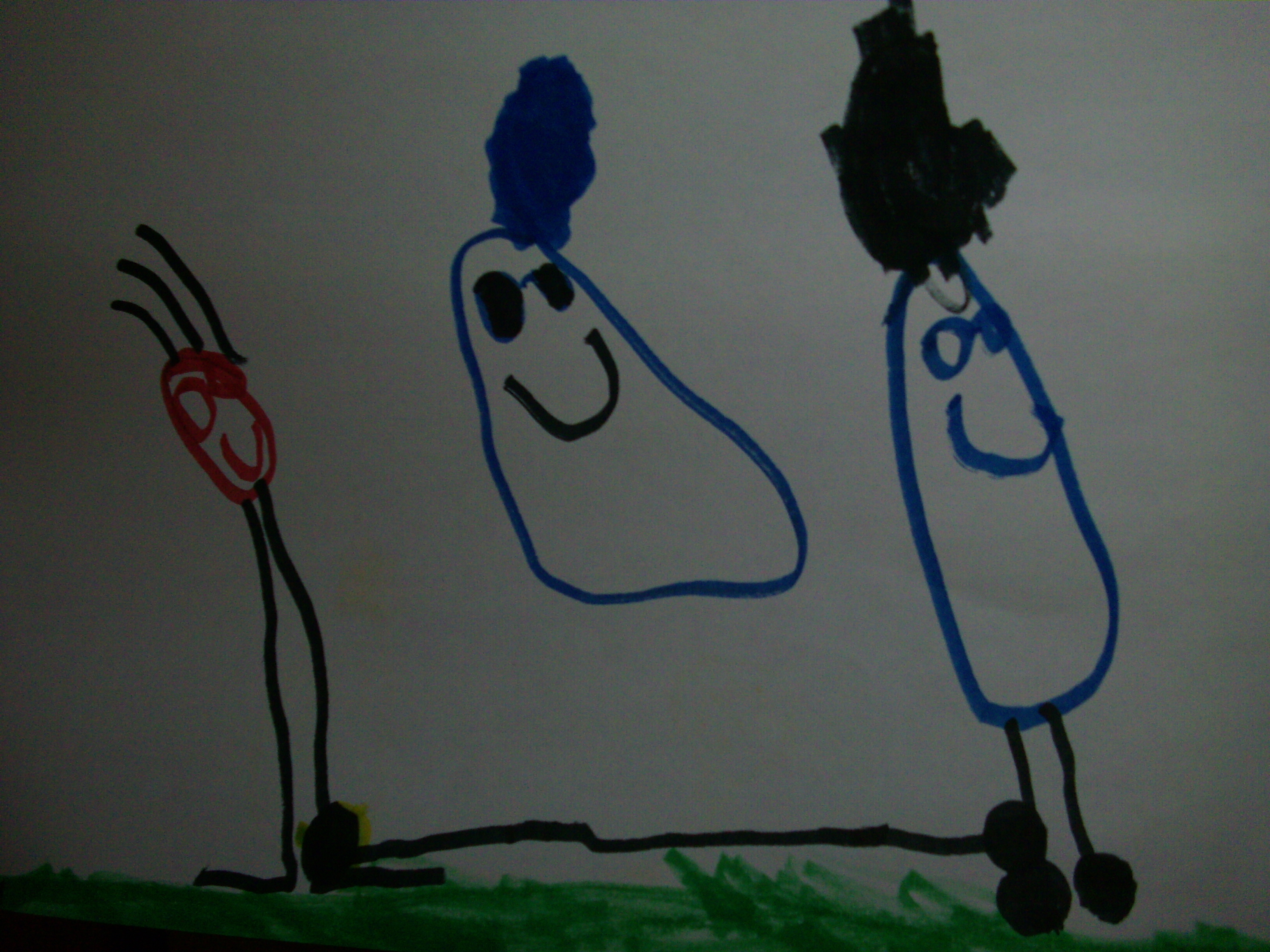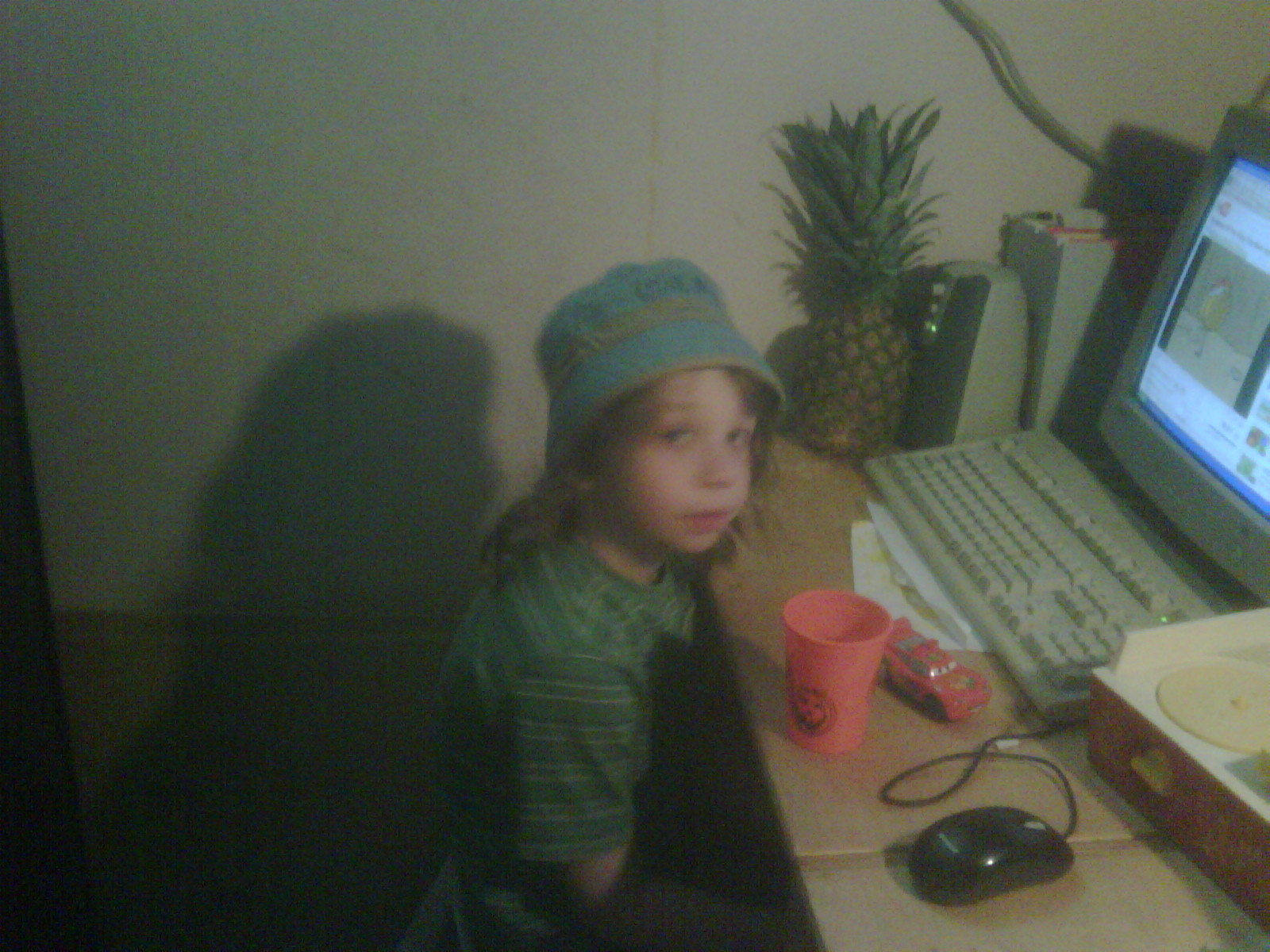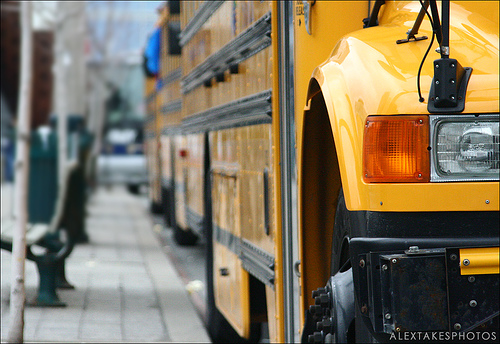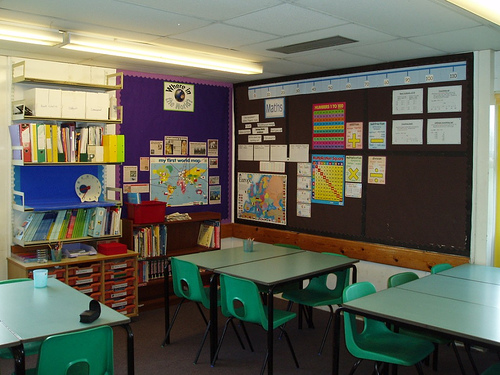Actually, that’s not strictly true. I was awake all night with a sick child, who at some point during the process very generously shared his bug with me, as a result of which I am bone-tired and tossing my cookies. So in reality, I feel really, really rough. I feel like a hedgehog that just got dragged backwards through the business end of a lawnmower.
But despite my less than stellar physical condition, I am feeling good about some things that have happened this week.
First, I resumed early morning running. I’ve been a little out of it for a while, and a lot of my running has been done on the treadmill. But two days ago, I dragged myself out of bed and went for a run before work. It was great. I felt the way I always do when go for early morning runs: alive, invigorated, positive about starting the day with an accomplishment. And since my route involves me running east over the Rouge Valley bridge, I get treated to the most spectacular sunrises. I mean, what’s not to love about all this?
Later that same day, I got a series of emails informing me that I am now officially registered for the Scotiabank Toronto Waterfront Half-Marathon. Which means that everything I do between now and then (everything running-related, anyway) is in preparation for that race. It is my annual Autism Run – the reason I got back into running two years ago. This will be my third year doing the run. In 2009, I finished in about 2 hours and 28 minutes. In 2010, I improved that time to 2:22:38, knocking more than six minutes off my time from the previous year. This year I want to do something even more spectacular, and break 2 hours.
That will be a tall order. Taking 22 minutes off a time over a distance of 13.1 miles? It’ll be tough. But that’s not going to stop me from trying.
The other thing this all means is that I am now officially fundraising, enlisting people to sponsor me for the run, trying to gather together as much money as I can that will all go towards providing services for children and youth with autism.
I cannot stress how important this is. George’s progress since diagnosis has been off the charts, but this is no accident. It has taken many hours of hard work, buckets of tears, patience, IBI therapy, parent training, information sessions, and advice. George would not be where he is today if it weren’t for the Geneva Centre for Autism, who have provided services and training and all kinds of other resources.
I cannot help but think that if George continues to get services that evolve with his needs as he grows up, the sky will be the limit for him. This child is so loaded with potential, but he does need help and support to realize it. If funding dries up, so does my child’s future.
So I spent some time yesterday setting up my fundraising page. I have set my initial target at $500, but I am really hoping to surpass that and raise the target. Preferably more than once.
My call to action is this: if you have the financial means, please consider sponsoring me for my run. If you cannot afford it (and I totally get that – life ain’t easy for many people right now), then please spread awareness about autism. Help spread the word that people with autism are a valuable part of our society.
And if you circulate the link to my fundraising page, that will be an added bonus as well.
I am excited about getting this show off the road and doing the best I can for my George, which means doing the best I can for my family, and for the community of autism.















